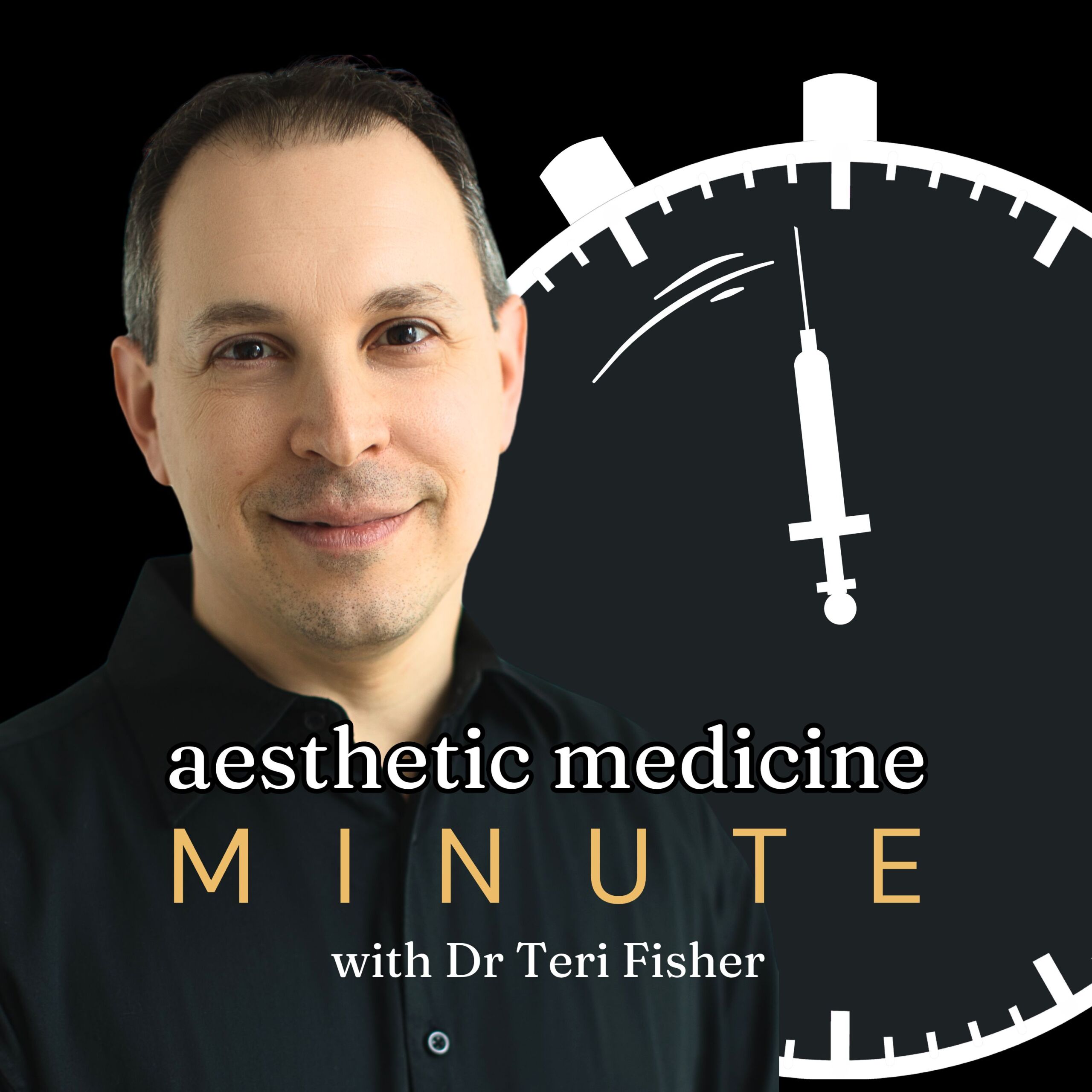
AMM 111: Botox Breakthrough: Migraine Prevention Simplified
June 17, 2024
In this episode, explore the use of Botox, originally a wrinkle treatment, as a preventive measure for chronic migraines. Learn about the mechanism of how Botox works by blocking nerve signals, the specifics of the treatment protocol for migraines, and the criteria for qualifying for this FDA-approved treatment. Discover insights into the effectiveness of Botox in reducing headache days and the types of migraines that respond best to treatment. Understand the potential side effects and the importance of consulting with a physician. This episode is a must-listen for anyone seeking alternative solutions for chronic migraine relief.
Quick Takes
- Botox blocks nerve signals to prevent muscle contractions
- 155 units of Botox are injected at 31 sites for migraine prevention
- Botox is most effective for chronic migraines with specific characteristics
Episode Transcript
Today is June 17, 2024. Let’s dive into an intriguing topic in aesthetic medicine – using Botox to prevent migraines. Initially found to help with migraines while being studied for wrinkle treatments, Botox, or botulinum toxin, has come a long way since its early days in 2000.
Botox works by blocking nerve signals that trigger muscles to contract. This mechanism has been used to treat a variety of conditions, including migraines, muscle spasms, and even excessive sweating. It’s important to note that Botox is just one brand; others include Dysport, Xeomin, Nuceiva, Jeuveau, and Daxxify.
For migraine prevention, 155 units of Botox are typically injected at 31 sites around the head, neck, and shoulders. This might sound daunting, but the procedure is quick, lasting just 5-10 minutes. The effects last about three months, so treatments are generally repeated every 12 weeks. Sometimes the frequency is adjusted based on how well the Botox is controlling the migraines.
Not everyone qualifies for Botox treatment. The FDA approves its use for chronic migraines, defined as having headaches 15 or more days a month, with at least 8 being migraines, for at least three months. Health insurers often require patients to have tried other medications before covering Botox.
It’s worth mentioning that not all patients respond similarly. Studies indicate that migraines described as imploding or crushing respond better to Botox than those described as exploding. Interestingly, patients who have had migraines for fewer than 30 years also tend to respond better.
In terms of effectiveness, Botox has been shown to reduce headache days by about 2 days a month compared to placebo. Over the longer term, the reduction can average 12 fewer headache days per month after nine treatments. Side effects are generally mild, with neck pain and injection site pain being the most common.
Overall, Botox is a valuable tool in the fight against chronic migraines. While it might not be for everyone, it’s an option worth discussing with your physician if other treatments haven’t worked.
That’s all for today. Stay sculpted and confident!
